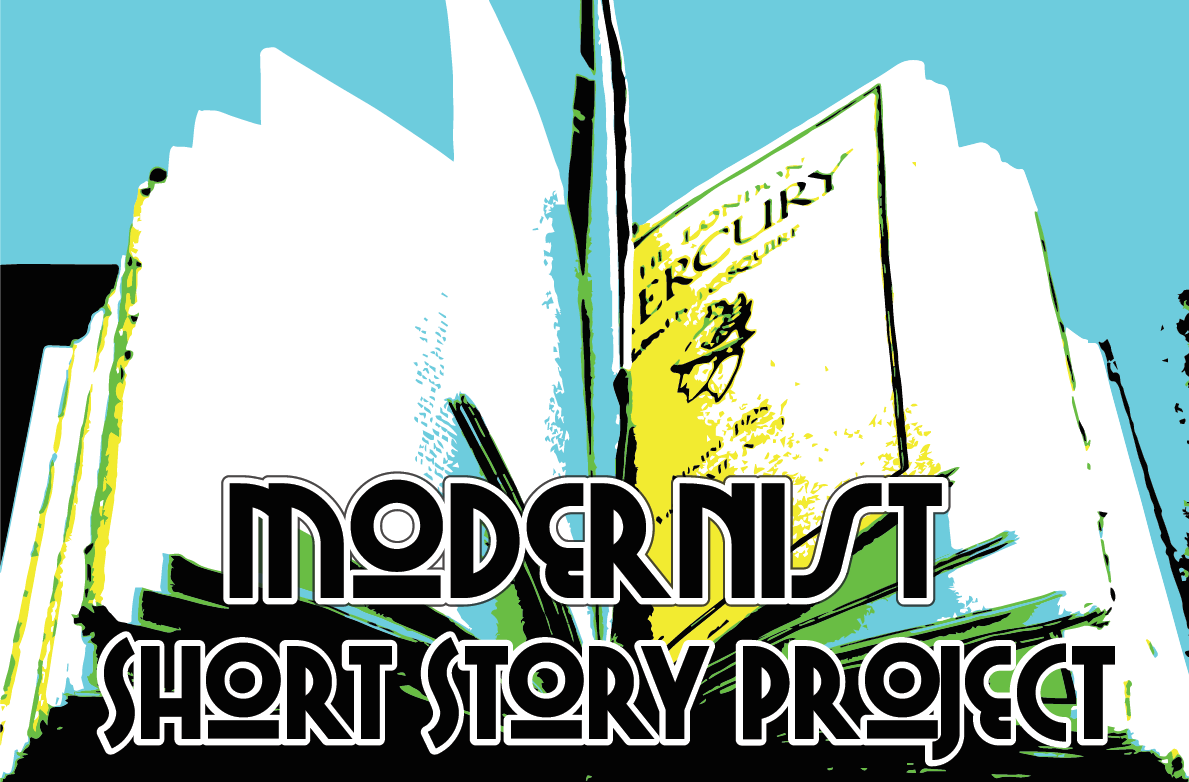Document Type
Article
Publication Date
Winter 2019
Abstract
“The Mole” by Gerald Bullett, is a literary text that comments on postwar life and events that are ahead of its time. It was published in the British periodical, The London Mercury, in May of 1923 and was written post WWI in a time when literature was still reflecting the effects of the war. During the short story “The Mole,” there are many connections surrounding the Gubbins’ and war. In Voyant, where the mole is mentioned, Mrs. Gubbins is also mentioned. This reveals that Mr. and Mrs. Gubbins’ marriage is a war and her mole is a constant reminder of that war. The marriage was created by the mistakes of Mr. and Mrs. Gubbins, getting pregnant out of wedlock and being forced to marry. (Man is forced into war by his mistakes.) Mrs. Gubbins completely blames him for it. In war, there is always one side who blames everyone else. The mole is used in the story to remind Mr. Gubbins of his mistake that he made (A torturous reminder of war and man’s mistakes. Also perceived through the eyes, it is all about what is being seen). The hairs on the end of the mole are as the war reaching out to try and spread. Mrs. Gubbins has lost her youth and good looks after many years (The war gets ugly after years of fighting). This is also a take on “survivor’s guilt.” Mr. Gubbins feels guilty every day for what happened when he was younger and Mrs. Gubbins will not let him forget it. Survivors of war feel guilt every day for surviving the war, and seeing the families of the fallen is a reminder of that guilt. Therefore, I argue that Mr. and Mrs. Gubbins’ marriage is an analogy for war and the effects of Post-Traumatic Stress Disorder (PTSD), which had not yet been discovered.
Recommended Citation
Sowards, Daniel, "Modernism in Postwar Times: Life Through the Short Story" (2019). Modernist Short Story Project. 20.
https://scholarsarchive.byu.edu/mssp/20

